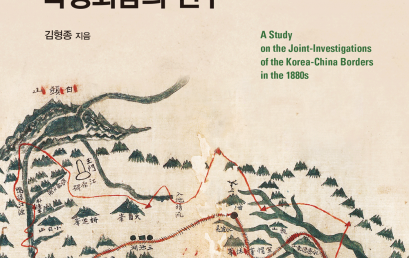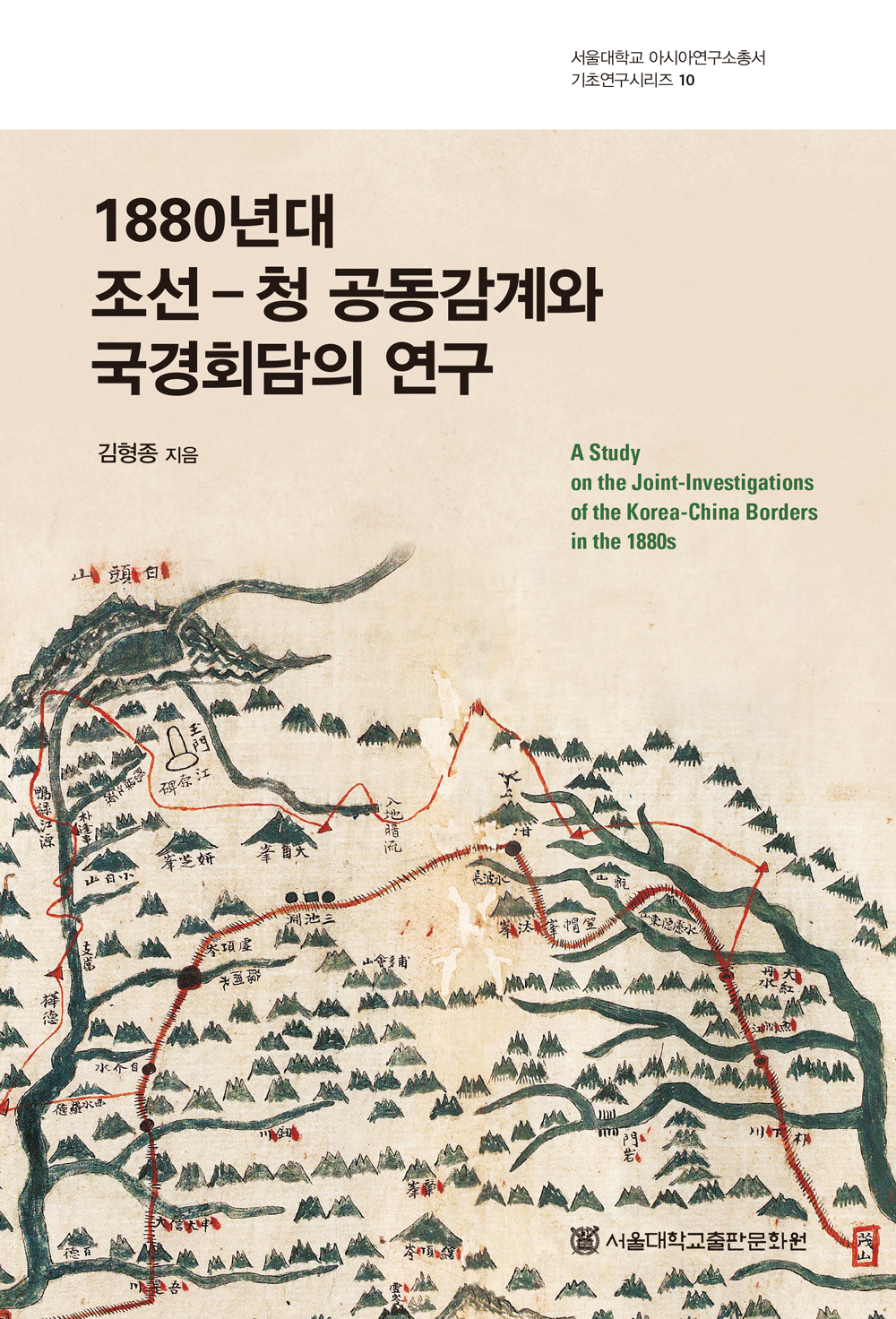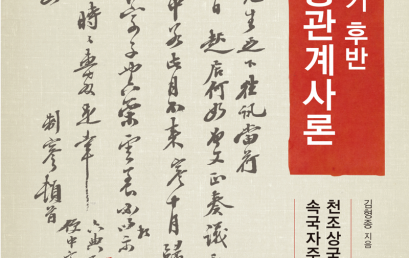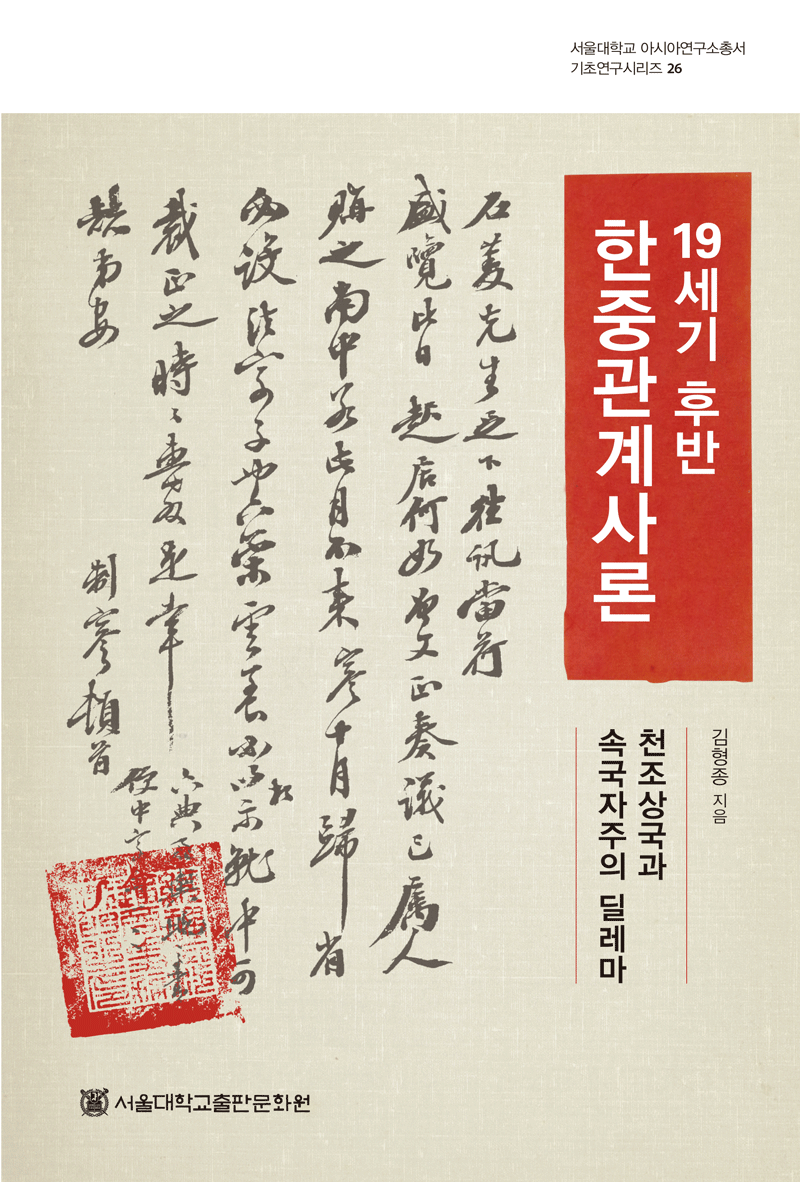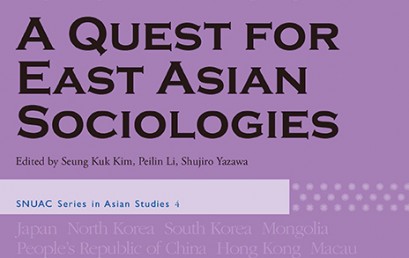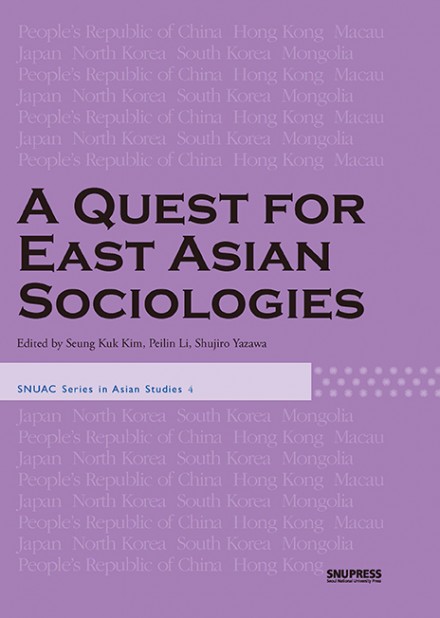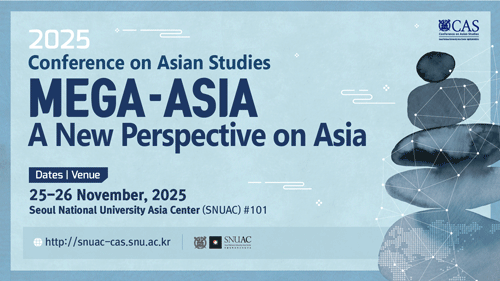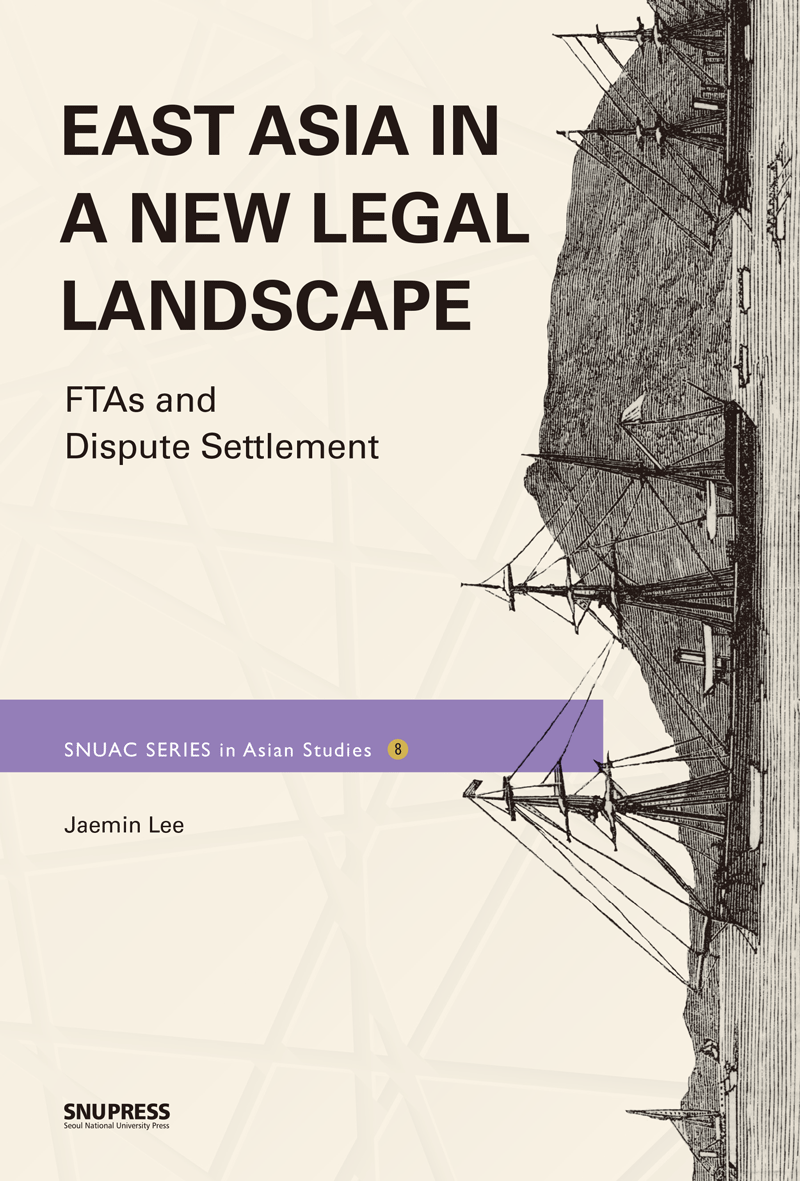

East Asia in A New Legal Landscape
이 책은 최근 동아시아 3국(한국, 중국, 일본)이 체결한 양자간 FTA와 투자협정에 포함된 다양한 분쟁해결절차를 비교 분석하고, 동아시아권 국가들이 분쟁해결절차를 어떻게 이해하고 여기에 참여하고 있는지 파악한다. 나아가 동아시아 3국이 실제 이러한 분쟁해결절차에 참여하면서 축적한 성과와 시행착오가 어떠한지 살펴보고, 서구권 국가와 구별되는 특징은 무엇인지 설명한다. 특히 동아시아 3국의 경우 문화적으로 가까운 관계를 유지하면서도 역사적‧국제정치적으로 긴장관계에도 직면하고 있어 이러한 부분이 복잡다기한 통상분쟁, 투자분쟁에 어떠한 함의를 초래하고 있는지 검토한다. 현재 인도 태평양 경제 프레임워크 등 다양한 새로운 형태의 통상협정이 검토되고 있는 과정에서 분쟁해결절차도 새롭게 조망되고 있어, 그간의 3국 경험이 새로운 제도 도입에 어떠한 영향을 초래할 것인지에 대한 검토도 진행한다.
이 책은 최근 동아시아 3국(한국, 중국, 일본)이 체결한 양자간 FTA와 투자협정에 포함된 다양한 분쟁해결절차를 비교 분석하고, 동아시아권 국가들이 분쟁해결절차를 어떻게 이해하고 여기에 참여하고 있는지 파악한다. 나아가 동아시아 3국이 실제 이러한 분쟁해결절차에 참여하면서 축적한 성과와 시행착오가 어떠한지 살펴보고, 서구권 국가와 구별되는 특징은 무엇인지 설명한다. 특히 동아시아 3국의 경우 문화적으로 가까운 관계를 유지하면서도 역사적‧국제정치적으로 긴장관계에도 직면하고 있어 이러한 부분이 복잡다기한 통상분쟁, 투자분쟁에 어떠한 함의를 초래하고 있는지 검토한다. 현재 인도 태평양 경제 프레임워크 등 다양한 새로운 형태의 통상협정이 검토되고 있는 과정에서 분쟁해결절차도 새롭게 조망되고 있어, 그간의 3국 경험이 새로운 제도 도입에 어떠한 영향을 초래할 것인지에 대한 검토도 진행한다.
부록에서는 분쟁해결절차에 관한 규정과 동아시아 국가와 관련된 투자 분쟁 목록과 무역 분쟁 목록을 실었다.
This book aims to provide an overview and then identify the unique characteristics of dispute settlement mechanisms of the FTAs concluded by the three East Asian countries. It attempts to elicit unique elements contained in these mechanisms, and explain the practical consequences of these unique elements on actual dispute settlement settings. It also attempts to provide analyses of how and in what respects the East Asian FTAs’ dispute settlement proceeding.
저자 소개
Jaemin Lee
Jaemin Lee is Professor of Law at School of Law, Seoul National University in Seoul, Korea. He obtained LL.B., LL.M. and Ph.D. from Seoul National University; LL.M. from Georgetown University Law Center; and J.D. from Boston College Law School. Before joining the faculty of the SNU Law, he taught international law at School of Law, Hanyang University in Seoul, Korea. Upon graduation from college, he began his professional career as a foreign service officer with the Korean Ministry of Foreign Affairs. He also practiced law with Willkie Farr & Gallagher LLP (Washington, D.C.) in the firm’s international trade group. He served as President of the Korean Society of International Economic Law (2020-2021), and Vice President of the Korean Society of International Law (2021). He has published articles and books (including book chapters) on various topics of international law and international dispute settlement.
차례
Preface
Introduction
Chapter I
An Overview: Public International Law in the Domestic Plane
- The New Institutional Framework: Globalization and Legal Disputes
- Legal Norms That Affect Sovereign States, Transnational Corporations and Individuals
- Relationship between International Law and Domestic Law
1) Monism: Instant Incorporation of Treaties into Domestic Law
2) Dualism: Transformation of Treaties into Domestic Law through Special Procedure
3) Two Legal Systems in the World: Anglo-American Legal System and Continental Legal System
4) Overlapping Application of International Law and Domestic Law
- Distinction between International Law and Domestic Law
Chapter II
International Economic Disputes and Their Settlement
- Legal Disputes and Remedies
1) Legal Disputes Arising from International Activities
2) International Economic Law Related Disputes
3) Means to Resolve International Legal Disputes
4) Dispute Settlement Mechanism Available to Key Entities
- International Investment Law and Investment Dispute Settlement
1) Overview of Domestic Regulation Affecting Foreign Investment: Korea’s Example
2) Situations in China
3) Situation in Japan
4) Evaluation and Assessment: Claims on Infringement of Domestic Regularatory Authority
- International Trade Law and Trade Dispute Settlement
1) Overview of WTO/FTA Agreements
2) Nature of Rights and Obligations under the WTO/FTA Agreements
3) WTO/FTA Dispute Settlement Proceedings
4) Evaluation and Assessment: Surge of Protectionism and Ensuing Disputes
- International Economic Law Disputes at Domestic Courts
1) Sovereign Immunity; Absolute Sovereign Immunity; Restrictive Sovereign Immunity; Act of State Doctrine
2) Right of Diplomatic Protection
Chapter III
An Anatomy of Trade Disputes in East Asia
- Key Issues in Regional Trade Relations
- Various Fora of Trade Disputes
1) Emergence of FTA Era and AD/CVD Investigations
2) Overview of Anti-Dumping Investigations
3) Increasing Awareness of Procedural Issues
4) Inevitable Increase in the Number of AD/CVD Investigations
- Overview of Regional Disputes Pending at the WTO Dispute Settlement Procedure
1) Perceptions of the Private Sector
2) Judicial Reviews
- Dealing with NTBs
1) Absence of Consensus on the Definition of NTBs
2) Facilitating Legitimate Government Objectives
- East Asia’s FTAs and NTBs
1) Provisions to Identify NTBs
2) Special Dispute Settlement Mechanism in Korea-China FTA
Chapter IV
An Anatomy of East Asia Investment Disputes
- Increasing Investment and Increasing Sensitivities
1) Sources of Concern
2) Addressing the Concern
- Status of Outstanding Investment Arbitrations
- Implications of Recent Development
Chapter V
Key Elements and Basic Structure of Dispute Settlement Proceedings in FTAs
- Emergence of FTAs in the Multilateral Trading Regime
1) Current Status of Multilateral Trading Regime under the WTO
2) Current Status of Doha Round Negotiation
3) Reasons Behind the Recent Surge of FTAs in East Asia
4) WTO vs. FTA: A Comparison
5) Treatment of FTAs under the WTO Regime
6) Changing Perception of Multilateralism in East Asia
7) FTAs in East Asia
8) Difficulty in Proper Evaluation of FTA’s Impact
9) Specific Challenges for Korea, China and Japan: Balkanization of the Global Trading Regime
- Introduction to Dispute Settlement Procedures in Major FTAs
1) Historical Background Reflecting Views of Western Countries
2) Cultural Background Reflecting Litigation Cultures in Western Countries
3) Legal Background Reflecting Anglo-American Jurisprudence
- DSMs for Regional Trade: Lessons and Observations
- Relationship with Multilateral Dispute Settlement Procedure under the WTO
1) Jurisdictional Division
2) Forum Shopping Problem
Chapter VI
An Anatomy of an East Asian FTA DSMs: Bilateral Proceedings
- Unique Aspects of East Asia Concerning Internatioal Dispute Settlement
1) Asian Culture and Legal Disputes
2) Asian Culture and International Legal Disputes
3) Historical Ramifications in East Asia and International Legal Disputes
4) Unique Aspects in East Asia Relating to Trade Disputes
5) Unique Aspects in East Asia Relating to Investment Disputes
- Challenges Facing DSMs of East Asian FTAs
1) Sino-US Confrontation and Systemic Impact
2) The Trap for FTA DSMs: Difficulty and Complexity of FTA Implementation
- Key Characteristics of Bilateral DSMs in East Asia
- Commonalities of Bilateral DSMs in East Asia
- National Variations
1) Korea
2) Japan
3) China
- Utilization of the Bilateral DSMs
- Systemic Problems and Weaknesses
- Suggestions for Reform
Chapter VII
Formulating Future DSMs in FTAs of East Asia
- A Need for a Creative Approach
1) Reflecting Unique Aspects of East Asian Culture and Situations
2) Reflecting Economic Vibrance of the Region in Global Trade
3) Resolving Disputes Effectively
4) Overcoming Structural Problems of the Present DSMs
- Traits of New DSMs
1) Activation and Diversification of Non-binding DSMs
2) Shortening the Timeframe
3) Standing Roster of Panel
4) Assurance of Effective Remedy
5) Identification and Resolution of NTB Disputes
6) Establishment of an Appellate Mechanism
7) Cautious Approach to Expanded Transparency
8) Accommodating New Development in Other FTAs
Chapter VIII
Conclusion: FTAs and DSMs in East Asia and Contribution to the Global Trading Regime
References
Additional References
Appendix
- Provisions Governing Dispute Settlement Mechanisms
- List of Investment Disputes Involving East Asian Countries
III. List of Trade Disputes Involving East Asian Countries
Index
